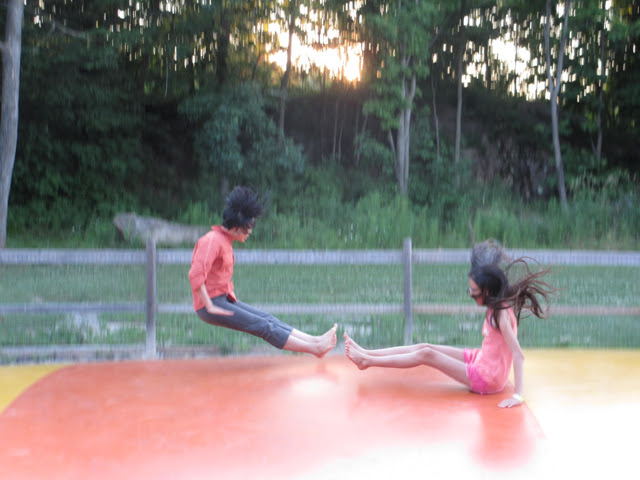How does movement affect the development of vision in children?
First, let’s take a quick look at the development of vision in typically developing children.
The visual system is the most complex sensory system in the human body, however it is also the least mature system at birth. Much of an infant’s first weeks and months are spent learning to see.
Newborns can only focus between 8–12 inches (20–30 cm), so much of their vision is blurred. Babies initially learn to focus their eyes by looking at faces. They then gradually move out to objects brought close to them.
Tracking and eye teaming skills begin to develop when infants start following moving objects. This usually happens by 3 months of age. Between 4 and 6 months, babies begin batting at or reaching for the mobile or toys held in front of them.
By 6 months of age, their eyes have reached about two-thirds of what will be their adult size. At this stage, the two eyes are learning to work together. The result is good binocular, or two-eyed vision. As babies start controlling their own physical movements, their eye to body coordination continues to develop.
Movements are crucial for infants to learn to see. When babies move and look around, all 6 of their eye muscles learn to work together to allow co-ordinated movement of their eyes. This process of learning to see enables a child to track objects and focus on them, supporting the development of clear vision.
When a child has difficulty turning their head or moving their body, their eye muscles will not be provided with the stimulation so necessary for that child to learn well co-ordinated eye movements.
Children who have challenges with movements earlier on in their lives are more prone to have issues with vision later on. Healthy children can sometimes miss certain movement steps in their physical development such that their eyesight could possibly be affected.
When parents approach me about working to improve their child’s vision, I help them to understand that even though I do not work specifically to improve vision, I do see benefits in my clients being able to better track objects and have had parents later report that their child’s eyes showed less ‘turn out’ after their therapy sessions.
When we look at the development of vision in typically developing children, it is clear that movement is essential for children to learn co-ordination of their eye muscles and thus their ability to see clearly.
In addition to helping children gain new ways to move and increase awareness of their bodies, I am also happy to explore how my work can support improved vision for my clients!
See you in September…



